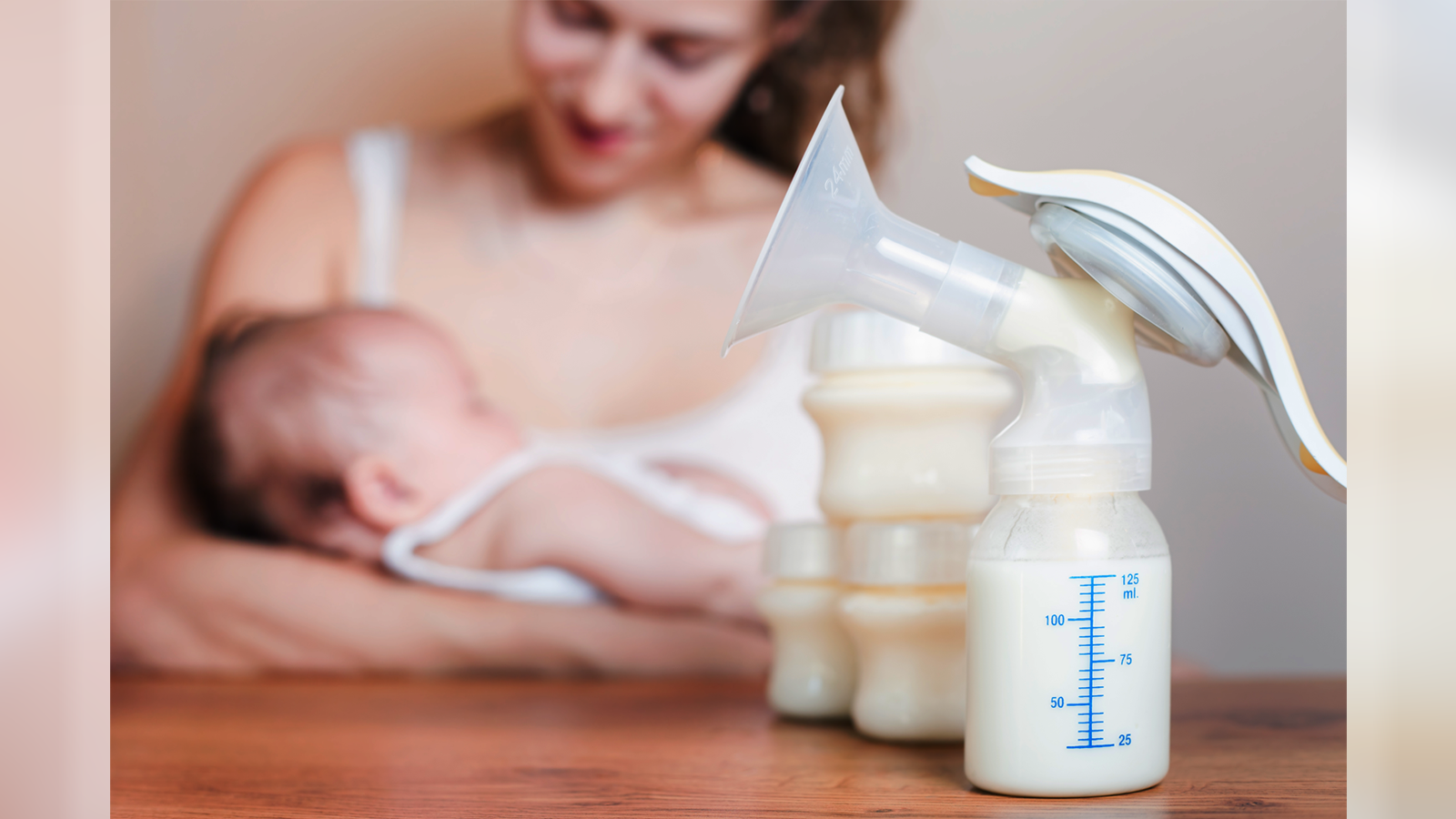A breast pump is useful if a lactating parent intends to return to work outside the home or merely needs a vacation. It is a simple and effective method to maintain milk supply and provide breast milk when a parent cannot be with their child.
Many parents fret about the difficulty of using a breast pump. What about effectiveness, comfort, and cost-effectiveness? How is it cleaned? With the proper strategy, however, pumping can be an empowering experience. A lactation consultant or breastfeeding support group is an excellent resource for lactating parents who use a breast pump.
When to Use a Breast Pump
The optimal time to pump depends on the circumstances. If you are pumping for a single bottle for later use, you can typically pump in the morning. Peak milk production occurs between 1 a.m. and 5 a.m., but you do not have to rouse up to pump at that time.
After the first morning feeding, there is plenty of milk to pump, and plenty will be left for the next feeding. Even if your breasts do not feel particularly filled, continue to pump; you should obtain a sufficient volume.
Preparation of a Breast Pump
Before beginning to pump for the first time, you should read the manual that arrived with your pump. Warm, soapy water should be used to clean the detachable portions (such as the flanges and collection cups).
Each time you pump, you should begin by gathering supplies, such as freezer bags and a tumbler or bottle of water (pumping can cause you to become parched). If the pump is an electric model, plug it in. After washing your hands, you are set to commence.
Using a Breast Pump
Each pump is slightly different, but the manual should be able to assist. Numerous manufacturers post instructional videos online. You can also contact a lactation consultant for assistance if you have any concerns.
Manual Breast Pump
Manual pumps can only be used on one breast at a time, but they are useful for relieving engorgement or as a fallback if your electric pump malfunctions.
To use, centre the nipple on the flange (the cone-shaped portion that attaches to the breast). Compress the lever or bulb to create pressure that extracts milk from the nipple.
Ten to twenty minutes, or until the milk ceases flowing, whichever comes first. Then, you can proceed to the other breast.
Electric Breast Pump
If you are unsure how to use a double electric pump, be sure to consult the following steps:
- Place the nipples in the flanges’ centre. Lean slightly forward and activate the pump.
- Maintain a sluggish pump speed and minimal suction. This simulates a baby’s sucking motion. It can be physically jarring to pump at more intense settings.
- Seven minutes of pumping. Initially, you may observe nothing coming out; this is normal. After a few minutes of milking, you will experience a “let-down,” where milk begins to flow.
- Stop the breast pump for one minute and massage the breasts from the armpit to the nipple. This provides the breast with respite and, in a sense, allows it to reset.
- Continue pumping for seven minutes, and then store the milk.
It is essential to pump for 15 minutes, regardless of whether or not milk is streaming. The breasts are stimulated by pumping to maintain the milk supply. Some carers (but not all) observe that their supply decreases over time if they only pump until the milk ceases flowing for a few minutes.






